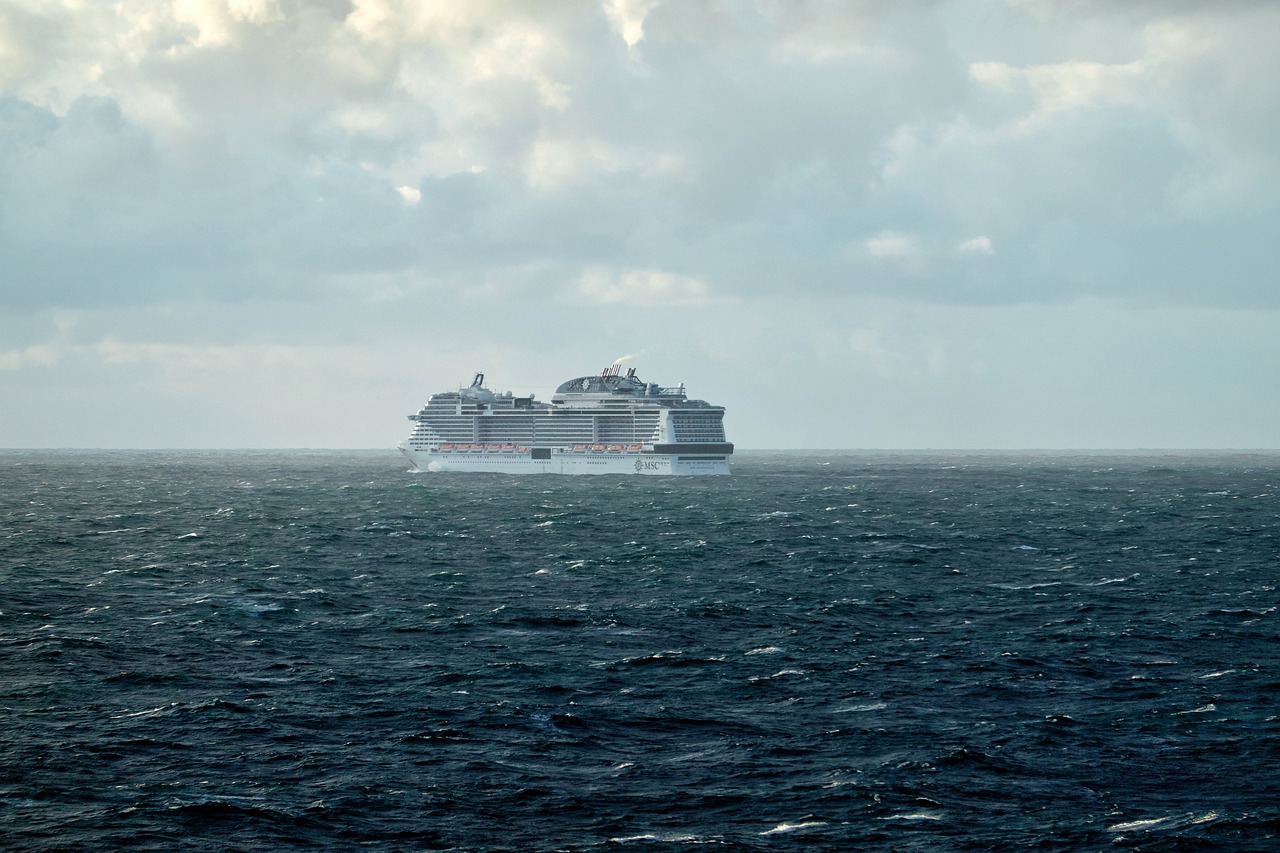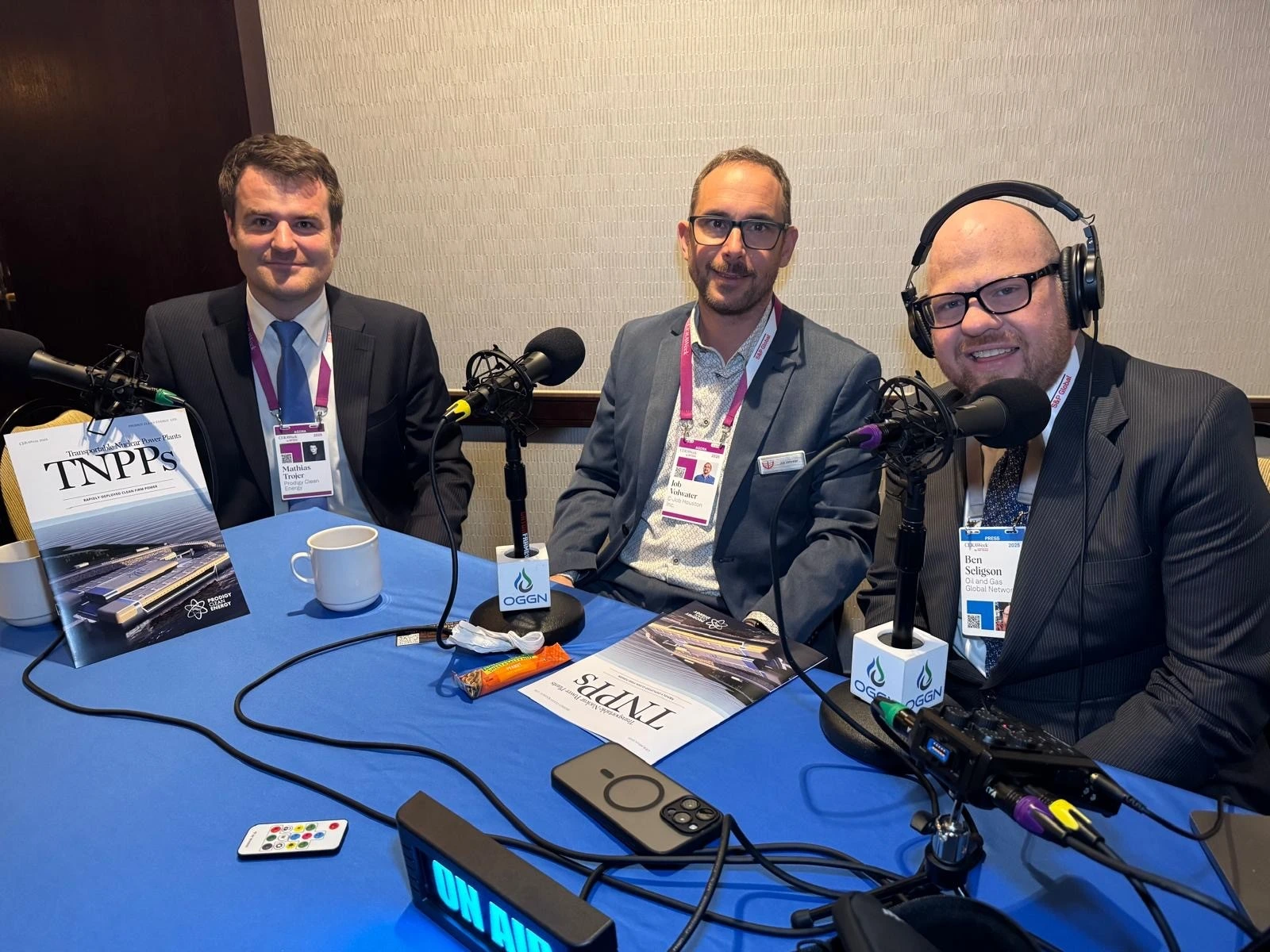For naval architects, the days of traditional 2D drawings of ships are long gone. Today they are displaying their ideas and designs with more complex 3D presentations. C-Job is pushing the boundaries even further with highly detailed 3D renderings, animations and virtual reality presentations. It doesn’t stop there though; 3D printed models are also part of the company’s offerings.
The man behind these Visualizations is Geoffrey Smits, who describes this discipline as a transmitter of design ideas to recipients. This includes both clients and C-Job’s own engineers. His enthusiasm for his work quickly becomes apparent: “I’m more of a designer than a die-hard engineer. And the older I get, the more I realize that the creative part of this job is the thing I like the most. It is not only fun, but it is also an extremely valuable tool.”
A tool for clients
C-Job’s Visualization discipline is a very worthwhile addition to the company’s services. “Visualization is very important in the Concept Design phase. This is generally the phase where our clients are trying to sell their vessels to their clients. For a relatively small investment, a 3D visualization can contribute greatly to the continuation of a project: it validates the design. Of course, aesthetics plays a role in this – giving a client the feeling of what it is like to be on board.”
The 3D renderings, animations and 3D printed model that C-Job has made for Padmos Shipyard demonstrate this point. “During the Concept Design phase, the yard uses them to attract clients.”
In-house advantages
Geoffrey is keen to point out that the Visualization discipline is not just for clients, but also for internal use as a means to make the entire design process more efficient. “I believe that if you work with 2D drawings, it’s only logical that everyone will envisage the final product slightly differently. We use 3D models right from the very first concept designs. This enables the whole team to work with the same vision of the same final design. We have also used it to investigate operational procedures – creating 3D models in a VR environment to check possible clashes between moving equipment used during operations. Think of cranes, winches, davits and so on.”
Take this idea a step further and another benefit of the Visualization discipline will be seen. “It really helps our Research and Development department present their proposals. These are, by definition, going to be groundbreaking; an autonomous submersible dredger, for example. In such cases, a 3D animation will undeniably help project participants visualize a new idea.”

Combining aesthetics
Visualization is closely intertwined with another of C-Job’s recently introduced disciplines: Interior Design and Engineering. To this end, Geoffrey works very closely with Gijs Peters on the interior design in C-Job’s 3D renderings. Read more about the Interior Design and Engineering discipline here.
Human experience and aesthetics is the common factor in both these disciplines, as Geoffrey explains: “The interior design has an impact on how people will move around and work on board. What’s more, it has a very broad scope of influence – affecting the ergonomics of the engine room, or the atmosphere in the accommodation, for instance. Once again, we use Visualization to validate a design – only this time it’s the interior design.”
This article shows that, compared to the rather exact nature of naval architecture and maritime engineering, the discipline of Visualization deals with the more subjective subject of aesthetics. However, judging by the examples of rendering and animations seen here, it is safe to say that C-Job’s skills in bringing together the two worlds of aesthetics and ‘die-hard’ engineering have been proven.


